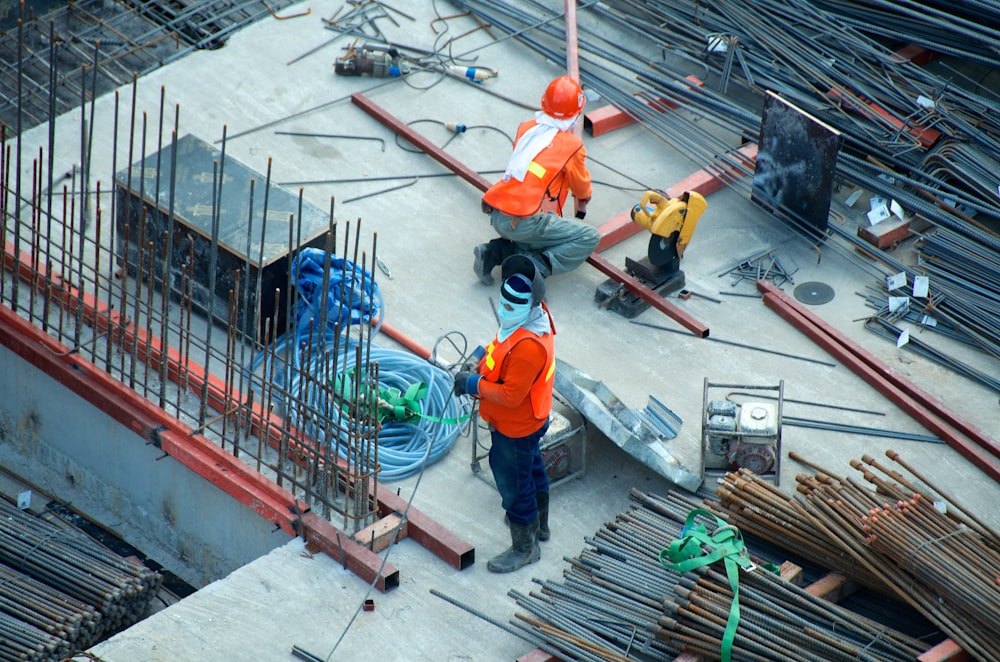A good structural design is the backbone of the serviceability performance of any building. Even though a lot of advancements happened in the construction industry, there aren’t many changes with respect to cement. When it comes to concrete, which is the most consumed material in the world after water, we can find some effective researches.
The fast-developing urbanization and conversion of lower occupancy structures to higher occupancy structures have resulted in a constant improvement of development throughout the years. It has also resulted in well-known architectural forms, both visually and functionally. This forces the necessity to search for slender elements with greater spans. That which possesses good service life, and is aesthetically pleasing irrespective of the occupancy, terrain, environmental conditions, etc.
Importance of good structural design
Structural design is the understanding of the behavior of structural members subjected to loads and designing them with the efficient economy to provide safe, serviceable and durable structure. The basic objective in structural analysis or design is to produce a structure capable of resisting all applied loads without failure during its intended life.
Stages of structural design
The various stages of structural design involve:
- Structural planning
- Action of forces and computation of loads
- Member analysis
- Member design
- Comparison between various RCC design codes
- Detailing
- Drawing and
- Preparation of schedules
The codes are the guideline established by the authorities or the governing bodies for the satisfactory performance of the building.
Many countries have their own design codes or codes of practice or technical documents. For example the Indian Standard code, British Standard code, American code, Eurocode, etc. Development of better-quality cement has resulted in better concrete strength and durability. Durability based design is the prime consideration of the building construction.
A total quality management is very essential for the achievement of the same. Moreover, you can’t achieve it in a single step, rather a combined effort from the site investigation staff to the maintenance engineer is very essential. “Precaution is better than cure”, likewise a good supervision is better than a thousand analysis in the future. In addition, unless one is ensuring the quality in each and every step, no one can achieve the durability of a structure.

A turnkey project with effective synchronization of the structural design, drafting, material selection, good construction practices, proper protective measures, maintenance schedules etc., will ensure the life span of the structure very much without need for huge repair or rehabilitation works.
In the very near future, the 3R’s (Repair, Rehabilitation and Retrofitting) will come into the picture for everyone to ensure satisfactory occupancy needs. In this area, the knowledge and experience of a consultant/engineer comes in very handy. Now most of the stakeholders in the construction industry are focusing to satisfy the stringent effects of the above mentioned constraints.
Factors impacting durability of structure
In order to achieve durable structures, the following should be taken into account.
- The intended and foreseeable use of the structures
- The required design criteria
- The expected environment conditions
- The composition properties and performance of the materials and products
- The properties of the soil
- Choice of the structural system
- Shape of member and structural detailing
- Quality of workmanship and the level of control
- The particular protective measures
- The intended maintenance during the design working life
The aim of the modern construction is changing to durability along with the strength of concept designs. We can enable the durability performance to a great extent with a proper structural design along with good construction practices.
Sustainability is an added advantage to the optimized design practices. Total material quantity in a project can be saved nearly by 50% while comparing to the improper construction practices. Therefore, this helps reduce utilization of natural resources and the emissions to the environment. Moreover, to achieve a better tomorrow in the construction sector, we have to think innovative and change according to the latest technological advancements.
Do you agree? Share your thoughts below.